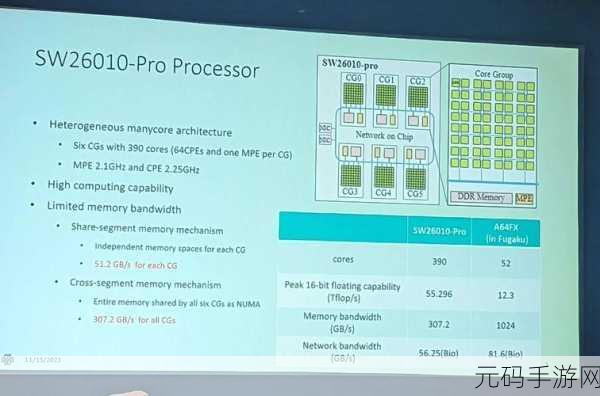超级计算机内存:1. 超级计算机内存技术的未来发展趋势
超级计算机内存的重要性
超级计算机因其强大的处理能力和极高的并行计算能力而广受关注。内存作为其中一个关键组件,直接影响到整体性能及数据处理速度。在科学研究、气象预测、生物医药等领域,充足且快速的内存可以大幅提高运算效率,从而使得复杂的数据分析成为可能。
不同类型的超级计算机内存
多种类型的内存在超级计算机中发挥着重要作用,包括随机访问存储器(RAM)、缓存和持久性存储设备。这些不同功能的组合能够实现更高效的数据读取与写入。例如,动态随机访问内存(DRAM)被普遍应用于各类系统,因为它具备较快的数据传输速率。而静态随机访问内存(SRAM)则通常用于缓存,由于其高速特性,可以显著缩短CPU对数据的调用时间。

容量与带宽:双重考量
在选择适合自己的超级计算机构架时,不仅要考虑单一元件,还需综合评估整个系统中的总容量及带宽。大规模模拟或复杂算法需要巨大的数据吞吐量,而这就依赖于充足且高速的RAM。当多个进程同时运行时,高带宽也能确保每个程序都能迅速获得所需的信息,提高总体效率。
NVIDIA GPU与HBM技术结合提升表现
NVIDIA推出了基于GPU的新型加速卡,这些卡片配有高带宽记忆体(HBM),为大量并发任务提供了额外支持。因为由于这些新技术,大型机器学习模型能够在超短时间内部署完成,这是传统硬件无法比拟的一项创新。此外,将HPC集成至云端环境,也让更多用户接触到这一前沿科技,使得科研人员不再受到硬件限制,更容易开展实验项目。

未来发展趋势:从异构架构看待挑战
The future of supercomputing memory is likely to embrace heterogeneous architectures, where different types of memory and processing units work together seamlessly. This trend allows for more efficient data management while optimizing energy consumption. As the demand for real-time analytics increases, developing a robust infrastructure that can support diverse workloads will become paramount.
降温需求如何促进冷却技术的发展?
The rising power density in supercomputers necessitates advanced cooling solutions. Efficient memory usage generates substantial heat, leading to reliability issues if not managed well. Consequently, many institutions are investing in innovative cooling technologies such as liquid immersion or direct-to-chip cooling systems to maintain optimal operating conditions.
SSTF & DFT: 新兴标准化方案推动行业自动化升级
The advent of standards like Shortest Seek Time First (SSTF) and Distributed File Transfer Protocol (DFT) signifies a shift towards automation within memory management processes in HPC environments. These strategies help optimize resource allocation by minimizing access times—an essential factor when dealing with large datasets typically handled by modern supercomputers.
#热点话题:- 超级计算机在气候变化建模中的应用
- 跨国研发合作如何改变超算产业格局
- 最新技术进展:光子学将颠覆现有超算架构









